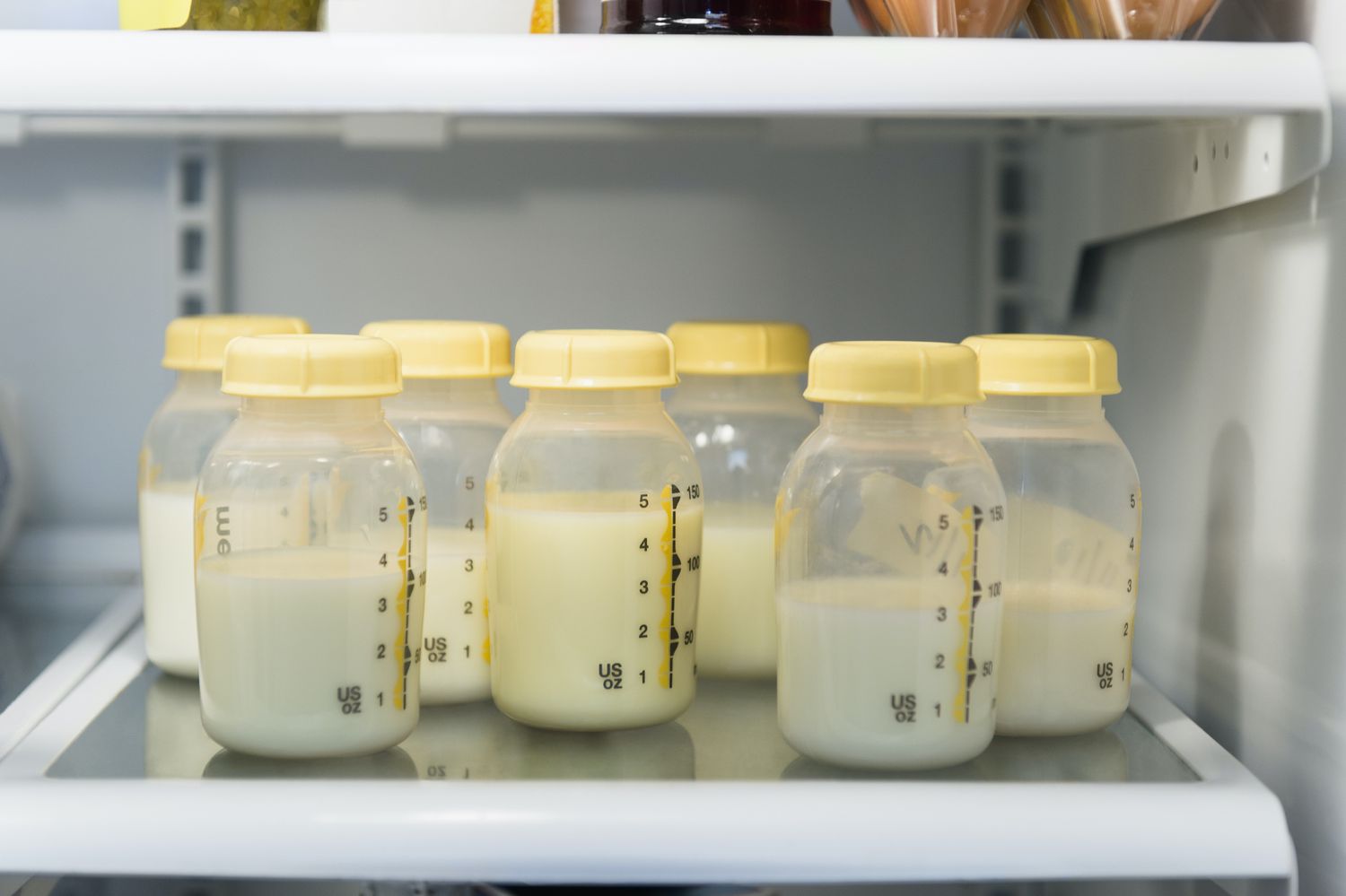

Articles
How To Store Pumped Milk At Work
Modified: January 6, 2024
Learn how to store pumped milk at work with our informative articles, ensuring your breast milk stays fresh and safe.
(Many of the links in this article redirect to a specific reviewed product. Your purchase of these products through affiliate links helps to generate commission for Storables.com, at no extra cost. Learn more)
Introduction
Returning to work after having a baby can present many challenges, especially for breastfeeding mothers. One of the biggest concerns they often face is how to properly store their pumped milk while at the office. Ensuring that pumped milk stays fresh and safe to consume is essential for maintaining a steady milk supply and providing the best nutrition for their baby.
In this article, we will explore the importance of proper milk storage at work and provide practical tips on how to store pumped milk effectively. Whether you have access to a shared work refrigerator or need to get creative with alternative storage options, we’ve got you covered.
By following these guidelines, you can confidently navigate the workplace and continue breastfeeding without compromising the quality of your pumped milk.
Key Takeaways:
- Proper milk storage at work is crucial for breastfeeding mothers to maintain the freshness, quality, and safety of their breast milk. Choosing the right containers, labeling and dating milk bottles, and following hygiene practices are essential for ensuring the best nutrition for their babies.
- Breastfeeding mothers can effectively store pumped milk at work by utilizing shared refrigerators, creating personal cooling systems, and maximizing limited storage space. Proper handling of thawed milk and safe transportation methods are key to maintaining the integrity of the milk for their babies.
Read more: How To Store Breast Milk At Work
Importance of Proper Milk Storage
The importance of proper milk storage cannot be overstated. Breast milk is a precious resource that provides essential nutrients and antibodies to your baby, promoting their growth and immune system development. When stored correctly, breast milk can remain safe and nutritious for your little one to consume.
Improper milk storage can lead to bacterial contamination and spoilage, which can affect the quality and safety of the milk. This can result in your baby rejecting the milk, becoming ill, or experiencing digestive issues. Therefore, it is crucial to follow guidelines for storing pumped milk to maintain its freshness and nutritional value.
Proper storage also ensures that you make the most out of your hard-earned milk. This is especially important for working mothers who may need to pump and store milk throughout the day. By storing the milk correctly, you can preserve its freshness and ensure that none of it goes to waste.
Additionally, maintaining proper milk storage practices can help you build a freezer stash. This can be helpful for instances when you may not have enough pumped milk for your baby, such as during business trips, emergencies, or times when milk production may be temporarily low.
Lastly, proper milk storage can offer peace of mind. Knowing that you are storing your milk in a safe and hygienic manner can reduce anxiety and allow you to focus on your work without worrying about the quality or safety of the milk you will be providing to your baby later.
Now that we have established the importance of proper milk storage, let’s dive into the practical tips for storing pumped milk at work.
Choosing the Right Containers
When it comes to storing pumped milk at work, choosing the right containers is key. The containers you use should be safe, convenient, and able to maintain the quality of the milk.
First and foremost, opt for containers that are specifically designed for storing breast milk. These containers are made from BPA-free materials and are safe for both storing and feeding your baby. Avoid using regular plastic bottles or bags as they may contain chemicals that can leach into the milk.
Consider using breast milk storage bags, as they are space-efficient and easy to use. These bags are typically pre-sterilized and designed to withstand freezing and thawing. Remember to choose bags with a reliable seal to prevent leaks.
If you prefer using bottles, ensure that they are made of high-quality, food-grade plastic or glass. Glass bottles are an excellent option as they are durable, easy to clean, and do not leach any harmful substances into the milk. Make sure to use bottles with secure screw-on lids or silicone sealing discs to prevent leakage.
It is also important to pick containers of the appropriate size. Avoid filling containers to the brim; leave some room for expansion during freezing. For example, if you plan to freeze milk, choose containers that hold around 4 ounces of milk to account for expansion.
Consider getting containers with measurement markings to make it easier to keep track of how much milk you are storing and using.
Lastly, investing in a separate set of containers for work can simplify the storage process. This way, you won’t have to worry about carrying containers back and forth between home and the office. Keeping a backup set of containers in the office can also come in handy for unexpected pumping sessions.
By choosing the right containers, you can effectively store your pumped milk at work, ensuring its quality and safety for your baby.
Labeling and Dating Milk Bottles
Labeling and dating milk bottles is a crucial step in storing pumped milk at work. By clearly marking each bottle, you can keep track of the freshness of the milk and ensure that you’re using the oldest milk first.
When labeling the bottles, use a waterproof marker or label stickers that won’t smudge or fade over time. Write the date and time of expression on each bottle, indicating when the milk was pumped. This will help you prioritize the bottles and use the oldest milk before it reaches its expiration date.
In addition to the date and time, you may also want to include other relevant information such as the quantity of milk in the bottle, especially if you are storing different amounts at different times.
If you are storing milk in different batches, it is a good idea to label each bottle with a unique identifier, such as “Batch A” or “Morning Pump.” This can be helpful if you need to keep track of milk pumped at different times of the day or to differentiate between fresh milk and previously frozen milk.
Make sure to label the bottles clearly and in a prominent place. This will make it easier to identify and retrieve the milk without having to search through multiple bottles.
Remember to update and refresh the labels as needed. If you accidentally mix milk from different pumping sessions or need to add additional milk to a partially filled bottle, make sure to update the label with the new date and time. This will help you maintain an accurate record of the milk and ensure that you’re using it within the recommended storage guidelines.
By labeling and dating your milk bottles, you can easily track and manage your pumped milk, ensuring that you’re providing your baby with the freshest milk possible.
Storing Milk in a Shared Work Refrigerator
If you have access to a shared work refrigerator, storing your pumped milk becomes relatively straightforward. However, there are a few considerations to keep in mind to ensure the safety and quality of your milk.
First and foremost, check if there is a designated area in the refrigerator specifically for breast milk storage. Some workplaces may have policies in place to accommodate breastfeeding mothers. If such an area exists, make sure to familiarize yourself with the policies and guidelines regarding milk storage.
When storing milk in a shared refrigerator, it’s important to ensure that your milk is properly stored and protected from contamination. Place your milk bottles or storage bags in a clean, sealed container or bag to prevent cross-contamination with other food items. This will also help protect your milk from any strong odors that may be present in the refrigerator.
Position your milk containers in a visible and easily accessible location within the designated area, making it less likely for them to be moved or accidentally knocked over. This will also make it more convenient for you to grab your milk bottles when needed.
If there are limited spaces available in the shared refrigerator, try to communicate and coordinate with other colleagues about the importance of breast milk storage. It can be helpful to explain the guidelines and regulations regarding stored milk and ask for their cooperation in ensuring that the space is used efficiently and effectively.
Remember to take note of the recommended temperature for breast milk storage, which is between 32°F and 39°F (0°C and 4°C). Check the refrigerator’s temperature regularly to ensure that it falls within this range. If the temperature is too high or fluctuates frequently, consider bringing it to the attention of building management or HR to address the issue promptly.
Finally, if you notice any issues with the shared refrigerator, such as spills, leaks, or expired food items, report it to the appropriate person or department. Maintaining a clean and safe storage environment is crucial for the wellbeing of all employees, including breastfeeding mothers.
Storing your pumped milk in a shared work refrigerator can be a convenient solution, especially if the necessary precautions are taken to ensure proper storage and hygiene. Following these guidelines will help you confidently store and retrieve your milk while at the office.
Read more: How To Store Milk
Creating a Personal Cooling System
If a shared work refrigerator is not available or if you prefer to have more control over the storage conditions of your pumped milk, you can create a personal cooling system to keep your milk fresh and safe throughout the day.
One option is to invest in a portable cooler or insulated bag specifically designed for breast milk storage. These coolers are typically equipped with ice packs or gel packs that can maintain a consistent cool temperature for several hours. Choose a cooler bag that is durable, leak-proof, and can accommodate multiple milk bottles or storage bags.
Pack your cooled milk bottles or storage bags in the insulated cooler bag, making sure they are tightly sealed and secure. Add extra ice packs or gel packs if needed to maintain the desired temperature.
If you don’t have access to a specialized cooler bag, you can improvise by using a small cooler or a thermal lunch bag. Ensure that it is clean and insulated. Place your milk containers inside and surround them with ice packs or frozen gel packs to keep the milk chilled.
When creating a personal cooling system, pay attention to the environment where the cooler will be stored during the workday. Avoid placing it in direct sunlight or near heat sources, as this can compromise the effectiveness of the cooling system.
Consider storing the cooler in a cool and shaded area, such as under your desk or in a designated storage space provided by your employer. If possible, keep the cooler in an upright position to prevent any potential leaks or spills.
Plan ahead and pack enough milk for your anticipated pumping sessions at work. If you plan to pump multiple times during the day, it may be helpful to bring an extra cooler or ice packs to maintain the freshness and safety of the milk.
Once you are back home, transfer the milk to the refrigerator or freezer as soon as possible. Make sure to adhere to the recommended storage guidelines for breast milk to maintain its quality and safety.
Creating a personal cooling system allows you to have more control over the storage conditions of your pumped milk. It provides flexibility and peace of mind, knowing that your milk is properly cooled and remains safe for your baby to consume.
Store pumped milk in clean, tightly sealed containers. Label with date and use oldest milk first. Keep in a cooler with ice packs or in a refrigerator until you can transfer it home.
Utilizing a Small Cooler or Insulated Bag
If you’re looking for a convenient and portable option to store your pumped milk at work, utilizing a small cooler or insulated bag can be a practical solution. These compact and lightweight containers provide insulation to keep your milk fresh and safe throughout the day.
When selecting a small cooler or insulated bag, consider the size and capacity that will meet your needs. Look for a design that can accommodate your milk bottles or storage bags while providing sufficient insulation to maintain the desired temperature.
Prioritize coolers or bags that are specifically designed for breast milk storage. They often come with additional features such as built-in gel packs or ice packs, which help maintain the cool temperature for an extended period.
Before using your small cooler or insulated bag, ensure that it is clean and sanitized. Wash it with warm, soapy water and rinse thoroughly. Allow it to air dry completely before placing your milk containers inside.
To optimize the cooling effect, pre-chill the cooler or bag by placing it in the refrigerator or freezer before you leave for work. This will help to keep your milk properly chilled throughout the day.
Pack your milk bottles or storage bags tightly inside the cooler or bag, making sure they are securely sealed. Consider adding additional ice packs or frozen gel packs to provide extra cooling power, especially if you anticipate longer hours away from a refrigerator.
Be mindful of the positioning of the cooler or bag during the workday. Keep it away from direct sunlight or heat sources, as this can compromise the cooling efficiency. Find a cool and shaded spot, such as under your desk or in a designated storage area provided by your employer, to ensure optimal storage conditions.
Remember to practice proper hygiene when handling your milk containers and the cooler or bag. Wash your hands before touching the milk or the cooler and avoid cross-contamination by keeping the milk containers separate from other items in the cooler.
Upon returning home, transfer the milk to the refrigerator or freezer as soon as possible. Follow the recommended storage guidelines for breast milk to maintain its freshness and nutritional value.
Utilizing a small cooler or insulated bag offers a mobile and convenient option for storing your pumped milk at work. With proper usage and maintenance, it allows you to confidently transport and store your milk, ensuring its quality and safety for your baby.
Dealing with Limited Storage Space
When you have limited storage space at work, finding creative solutions to store your pumped milk becomes essential. With some organization and thoughtful planning, you can maximize the available space and effectively store your milk.
First, assess the available storage options in your workplace. Determine if there are designated areas or facilities specifically for breastfeeding mothers to store their pumped milk. If such spaces exist, find out the guidelines and policies regarding milk storage and make use of them.
If separate storage areas are not available, consider using a small cooler bag or insulated lunch bag that can fit neatly in your work area. These compact containers offer a space-efficient solution for storing your milk bottles or storage bags while keeping the milk at an appropriate temperature.
Take advantage of vertical space by using stackable containers or baskets. These can help optimize the storage area by allowing you to store multiple milk bottles or storage bags on top of each other. Label each container or basket to easily identify the contents.
If you have access to a shared refrigerator, maximize the space by utilizing storage organizers, such as clear bins or dividers. These can help separate and organize your milk bottles from other items in the refrigerator, making it easier to retrieve your milk when needed.
Consider using a milk storage rack or caddy that can hang on the side of the refrigerator or on a nearby wall. These racks provide additional storage space for your milk bottles, allowing you to efficiently utilize the limited space available.
If you have a personal workspace, explore options such as a mini-fridge or a compact refrigerator that can be kept under your desk or in a nearby storage area. This can provide you with dedicated space for storing your pumped milk and ensure its proper temperature control.
Regularly review and declutter your storage space to remove any expired or unused milk bottles. This will create more room and prevent overcrowding or confusion when it comes to identifying fresh milk.
If storing frozen milk is necessary, invest in a small freezer or use individual freezer bags that can easily fit into a shared freezer compartment. Make sure to label and organize the frozen milk by date to ensure proper rotation and usage.
Lastly, if you find that your storage space is consistently insufficient, consider discussing the issue with your employer or supervisor. Inform them about the importance of breastfeeding and the need for appropriate storage options. They may be able to provide additional support or make accommodations to better meet your needs.
Dealing with limited storage space can be challenging, but with careful organization and creative solutions, you can effectively store your pumped milk at work. By utilizing the available space efficiently and keeping your milk properly organized, you’ll be able to ensure the safety and freshness of your milk for your little one.
Handling Thawed Milk
Thawing and handling previously frozen breast milk requires special care to ensure its quality and safety for your baby. Here are some guidelines on how to handle thawed milk effectively:
1. Thawing: When you’re ready to use frozen breast milk, begin by thawing it. The safest and recommended method is to thaw the milk gradually in the refrigerator. Place the frozen milk container in a bowl or a leak-proof bag to catch any potential leaks or condensation during the thawing process. Allow it to thaw overnight or for about 12 hours. Avoid using hot water or a microwave to thaw breast milk, as they can destroy the beneficial nutrients and increase the risk of hotspots.
2. Gently swirl or shake: After thawing, gently swirl or shake the milk container to mix the separated fat and milk layers. Avoid vigorously shaking the milk, as this can degrade some of the beneficial components of the milk.
3. Check for freshness: Inspect the thawed milk for any signs of spoilage, such as a foul odor or unusual color. If you notice any abnormalities, discard the milk to ensure the safety of your baby.
4. Warm to the desired temperature: If your baby prefers warmed milk, heat it by placing the thawed milk container in a bowl of warm water or by using a bottle warmer. Do not microwave breast milk, as it can create hotspots that can burn your baby’s mouth. Test the temperature of the milk by placing a few drops on your wrist to ensure it is not too hot before feeding.
5. Use within 24 hours: Once thawed, it is recommended to use the breast milk within 24 hours. This applies to both refrigerated thawed milk and milk warmed to room temperature. The nutritional and immunological properties of breast milk are best preserved when used within this timeframe.
6. Avoid refreezing: It is not recommended to refreeze previously thawed breast milk. Once the milk has been thawed, it should be used within the recommended 24-hour period. Refreezing can lead to a deterioration in the quality and safety of the milk.
7. Don’t waste a drop: If your baby doesn’t finish the thawed milk within a feeding, it is generally safe to refrigerate the remaining milk and use it within 2 hours. However, avoid mixing refrigerated and freshly thawed milk together.
Remember, breast milk is a valuable resource, and proper handling of thawed milk is crucial to maintain its nutritional benefits. By following these guidelines, you can ensure the safety and quality of thawed breast milk for your baby’s consumption.
Read more: How To Froth Milk With Immersion Blender
Hygiene and Cleanliness Practices
When it comes to handling breast milk and storing it at work, maintaining proper hygiene and cleanliness practices is essential. Here are some guidelines to follow:
1. Wash your hands: Before expressing breast milk or handling milk containers, make sure to wash your hands thoroughly with soap and water. This helps to minimize the risk of introducing any bacteria or contaminants into the milk.
2. Cleanse breast pump parts: After each pumping session, disassemble and sanitize your breast pump parts according to the manufacturer’s instructions. Use hot, soapy water or a designated breast pump cleaning solution to clean all the components, including valves, membranes, and breast shields. Rinse thoroughly and allow them to air dry before storing.
3. Clean storage containers: Whether you’re using milk bottles or storage bags, ensure that they are clean and sanitized before each use. Wash the containers with warm, soapy water and rinse thoroughly. If using a dishwasher, place the containers in the top rack. Allow them to air dry or use a clean, lint-free cloth to dry them.
4. Use properly sealed containers: When storing pumped milk, use containers with tight-fitting lids or sealable bags. This prevents any leakage or air exposure that could potentially compromise the quality of the milk.
5. Avoid touching the inside of bottle caps: When preparing and sealing milk bottles, avoid touching the inside of the bottle caps or the rim of the bottles with your fingers. Use the outer side of the cap to handle it, ensuring that it remains clean and uncontaminated.
6. Keep work surface clean: If you’re pumping at work, make sure to clean and sanitize your pumping area regularly. Wipe down the surfaces with a disinfectant wipe or a clean cloth moistened with a cleaning solution. This helps to minimize the risk of bacterial contamination.
7. Avoid cross-contamination: To prevent cross-contamination, store breast milk containers separately from other items in the refrigerator or cooler. Avoid placing them near raw food items or open containers that may potentially contaminate the milk.
8. Store milk in the back of the refrigerator: When storing breast milk in a shared refrigerator at work, place milk containers towards the back of the fridge where temperatures are more consistently cool. This helps to maintain the freshness and quality of the milk.
9. Regularly clean storage areas: If you’re using a shared refrigerator or storage space at work, clean and sanitize the area regularly. Wipe down shelves, bins, or racks with a mild cleaning solution or disinfectant wipes to keep the storage area clean and free from any potential contamination.
By following these hygiene and cleanliness practices, you can ensure that your breast milk remains safe and free from harmful bacteria or contaminants. Remember, maintaining proper hygiene is crucial in providing your baby with the best and safest milk possible.
Tips for Transporting Milk Safely
Transporting breast milk from your workplace to home requires special attention to maintain its quality and safety. Here are some tips to ensure that your pumped milk stays safe during transit:
1. Use a sturdy cooler or insulated bag: Invest in a high-quality cooler or insulated bag specifically designed for transporting breast milk. Choose a model with thick insulation and a secure closure to keep the milk at the appropriate temperature. Ensure that it is leak-proof and able to maintain the cool temperature for an extended period.
2. Pack the milk tightly: Place your milk bottles or storage bags snugly in the cooler or insulated bag to minimize movement and potential damage during transportation. Fill any empty spaces with ice packs or frozen gel packs to maintain the desired temperature.
3. Keep the cooler or bag away from direct sunlight or heat sources: During transportation, make sure to keep the cooler or insulated bag in a shaded area, away from direct sunlight, and out of contact with any sources of heat. Exposure to heat can compromise the quality and safety of the milk.
4. Use ice packs or frozen gel packs: To keep the milk cool, include ice packs or frozen gel packs inside the cooler or insulated bag. These packs should be placed around and beneath the milk containers to ensure even cooling. Ensure that the ice packs are frozen solid before using them.
5. Avoid opening the cooler frequently: Open the cooler or insulated bag only when necessary to retrieve the milk. Frequent opening and closing can cause fluctuations in temperature and compromise the integrity of the milk. Keep it closed as much as possible during transportation.
6. Consider extra precautions for longer journeys: If you have a longer commute or anticipate a delay in getting home, consider adding additional ice packs or frozen gel packs to the cooler. This will help maintain the proper temperature for a more extended period and ensure the milk stays fresh.
7. Maintain cleanliness and hygiene: Before handling the milk containers or opening the cooler, make sure to wash your hands thoroughly or use hand sanitizer. This helps to prevent any potential contamination that could compromise the safety of the milk.
8. Reach home promptly: Once you reach home or your desired destination, transfer the milk to a refrigerator or freezer as soon as possible. Follow the recommended storage guidelines to maintain the freshness and nutritional value of the milk.
9. Check temperature upon arrival: When you arrive at your destination, check the temperature of the milk to ensure that it has stayed within the safe temperature range. It should still feel cool to the touch. If the milk feels warm or has reached room temperature, consider using it immediately or discarding it to ensure the safety of your baby.
By following these tips, you can transport your pumped breast milk safely from your workplace to home, ensuring that it remains fresh and safe for your baby to consume.
Conclusion
Properly storing pumped milk at work is crucial for breastfeeding mothers who want to provide their babies with the best nutrition and continue their breastfeeding journey. By implementing the right storage methods, you can maintain the freshness, quality, and safety of your breast milk.
Through this article, we have explored various strategies for storing pumped milk at work. Whether you have access to a shared work refrigerator, need to create a personal cooling system, or face limited storage space, there are solutions to meet your needs.
We have emphasized the importance of choosing the right containers, labeling and dating milk bottles, and following proper hygiene and cleanliness practices. These practices help ensure the quality and safety of your milk, preventing the risk of contamination or spoilage.
Additionally, we have discussed the handling of thawed milk and provided tips for transporting milk safely. These guidelines help maintain the integrity of the milk during the thawing process and ensure that it reaches its destination in optimal condition.
Remember, maintaining a healthy milk supply and offering your baby the benefits of breast milk while working is entirely achievable. Find a routine that works for you, communicate your needs with your employer, and make use of the tips and strategies outlined in this article.
Lastly, it is essential to trust your instincts as a breastfeeding mother. If you have any concerns about the quality or safety of your stored milk, consult with a lactation specialist or healthcare professional for guidance and support.
By following these guidelines, you can navigate the challenges of pumping and storing breast milk at work effectively, enabling you to continue providing your baby with the precious gift of breast milk.
Frequently Asked Questions about How To Store Pumped Milk At Work
Was this page helpful?
At Storables.com, we guarantee accurate and reliable information. Our content, validated by Expert Board Contributors, is crafted following stringent Editorial Policies. We're committed to providing you with well-researched, expert-backed insights for all your informational needs.
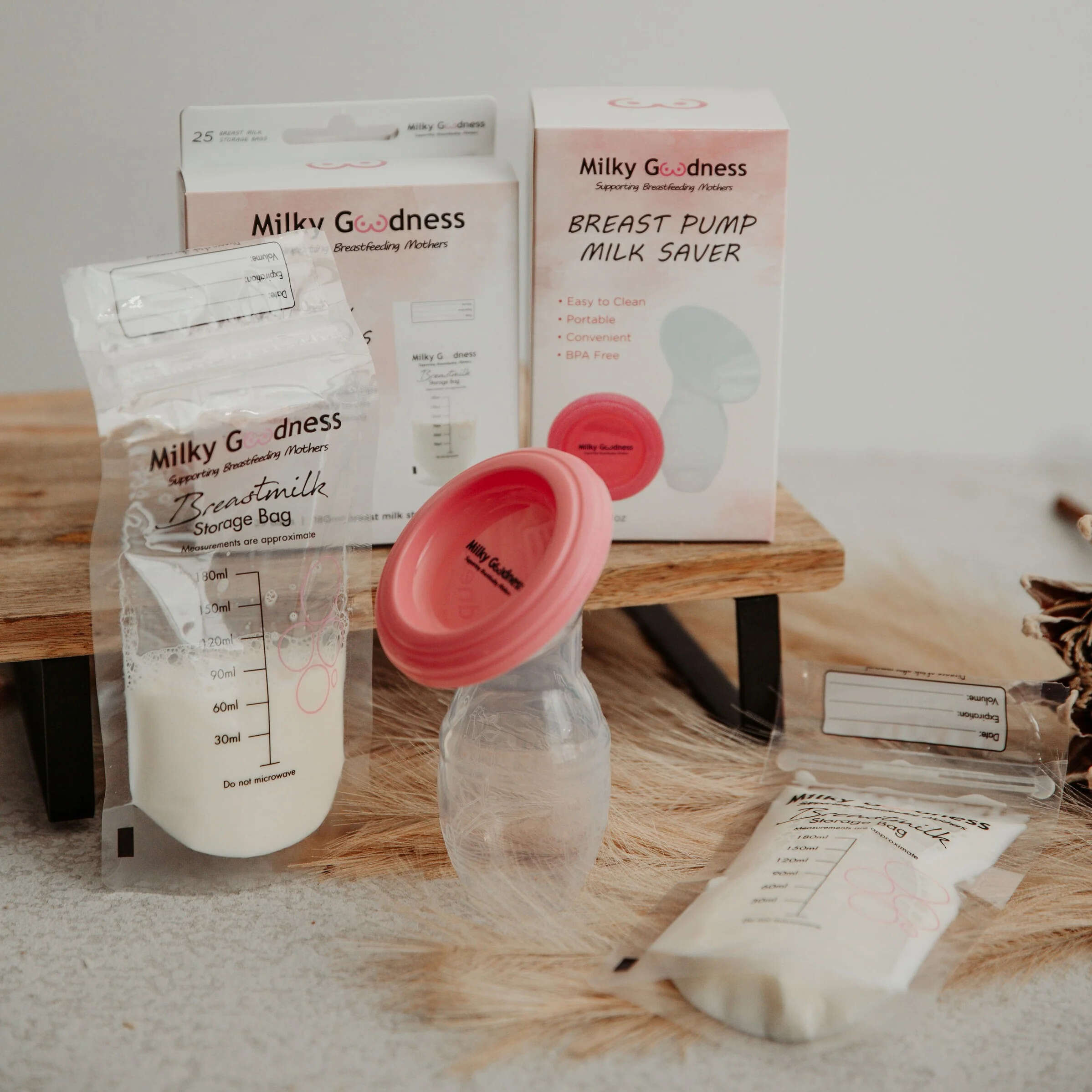

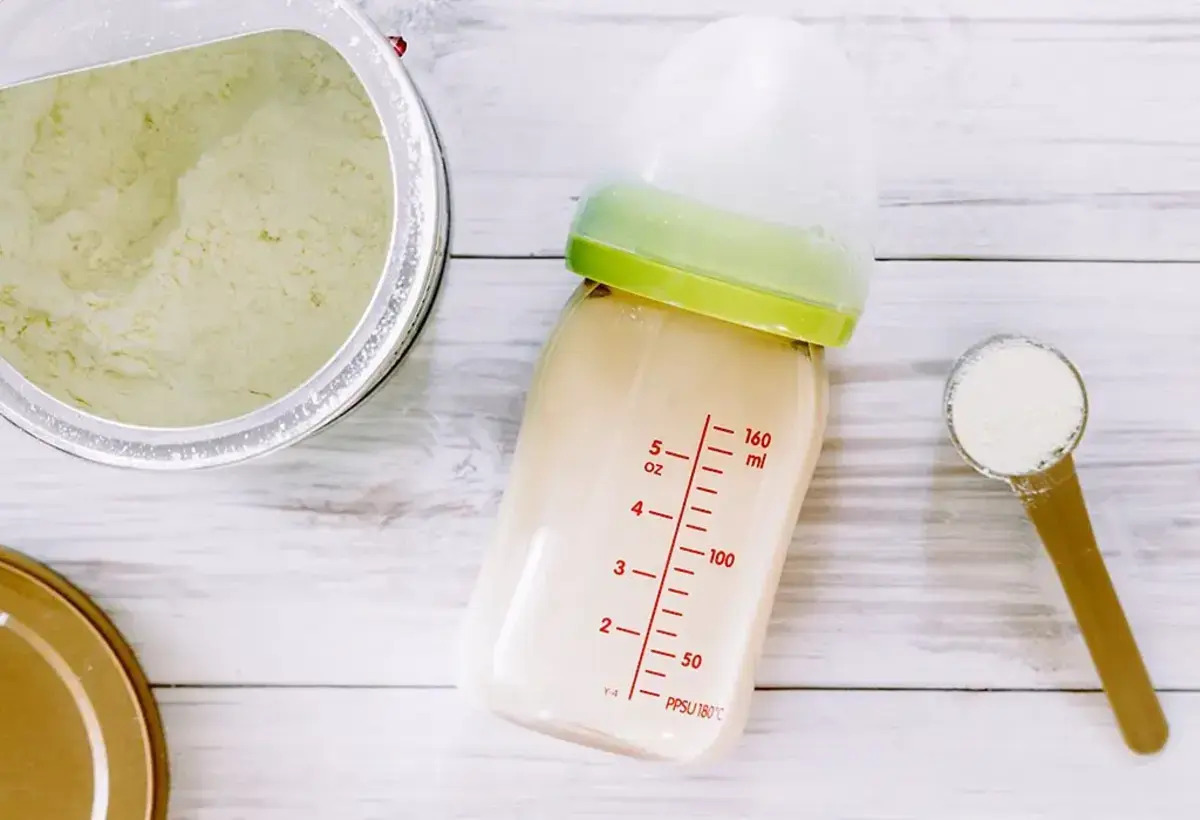
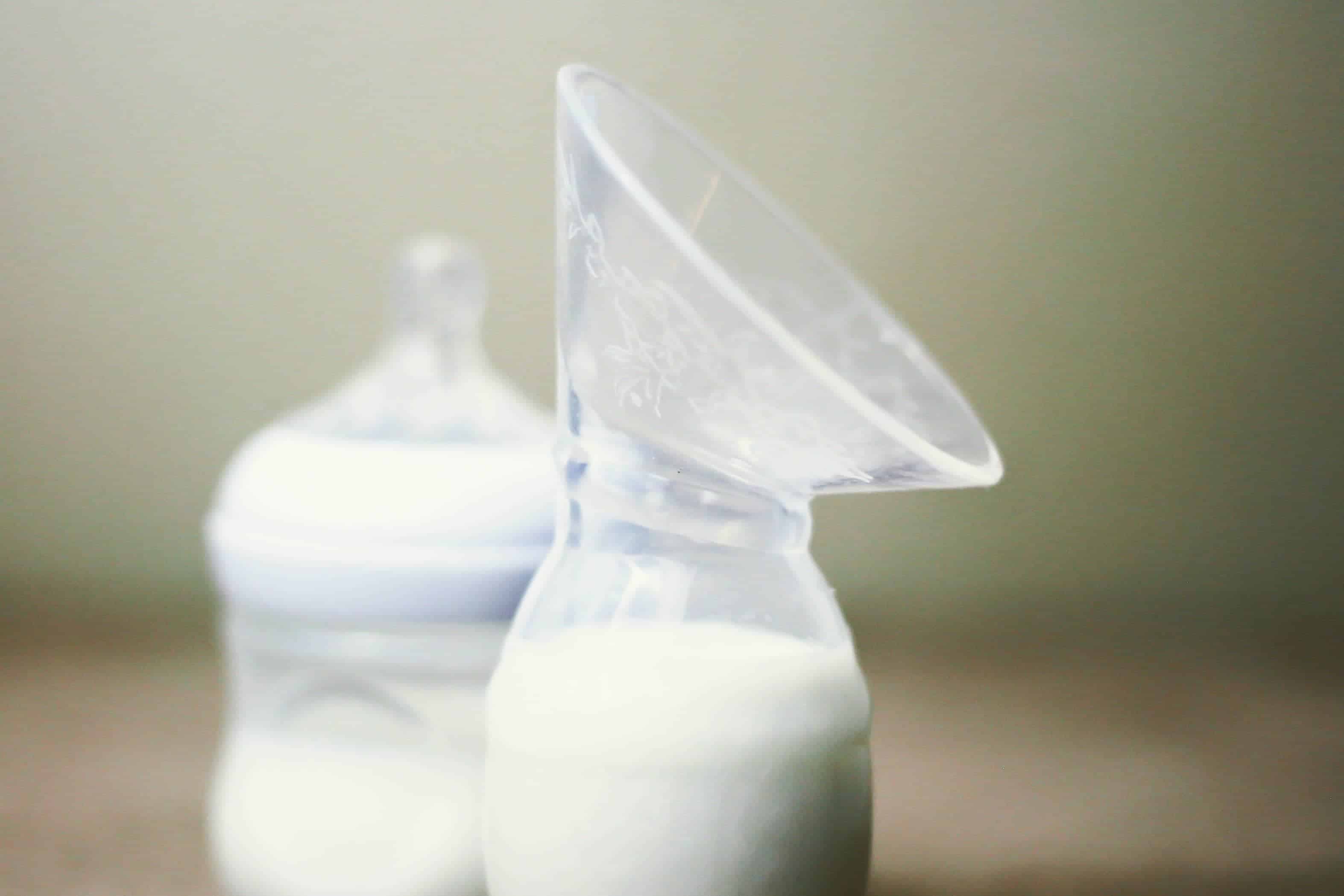

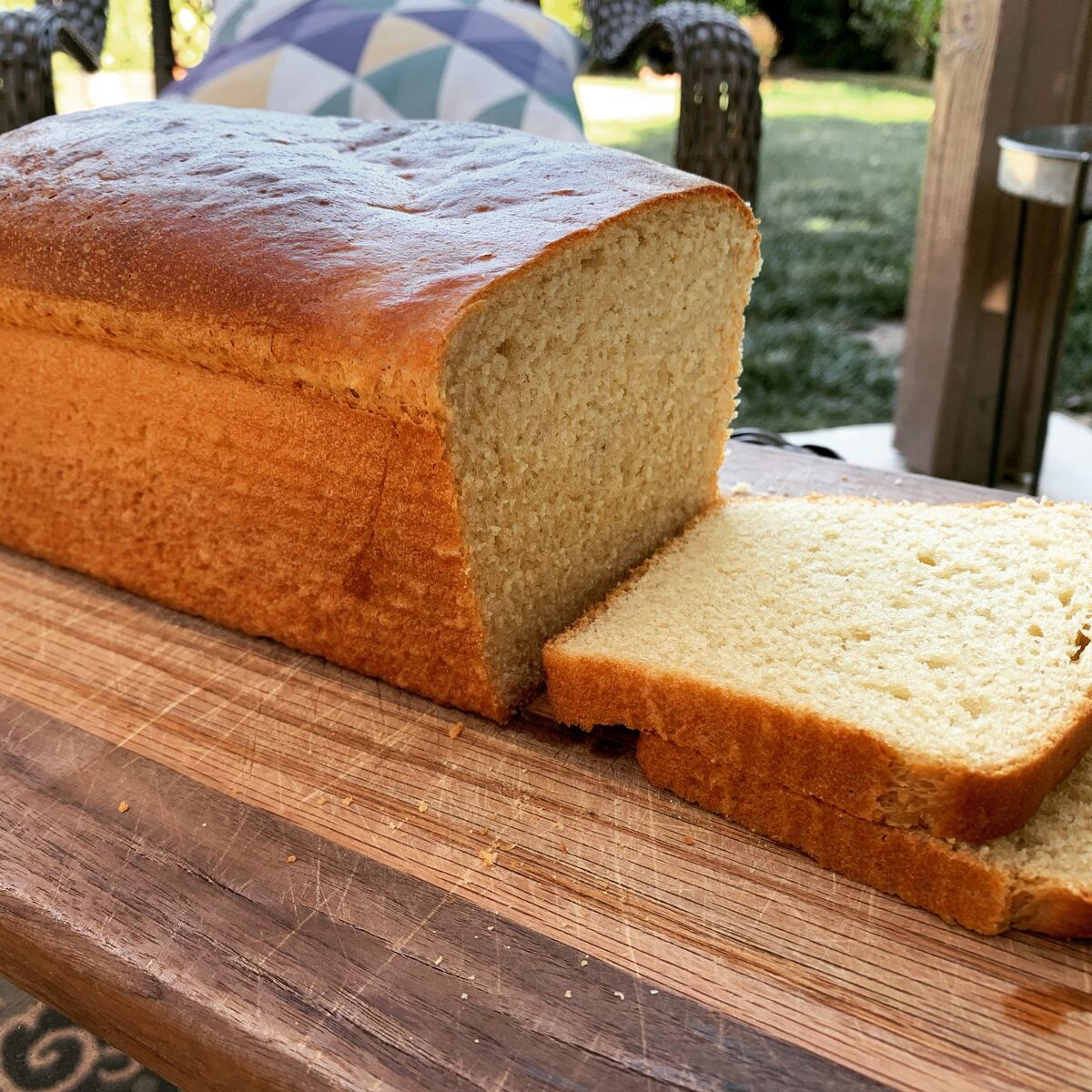
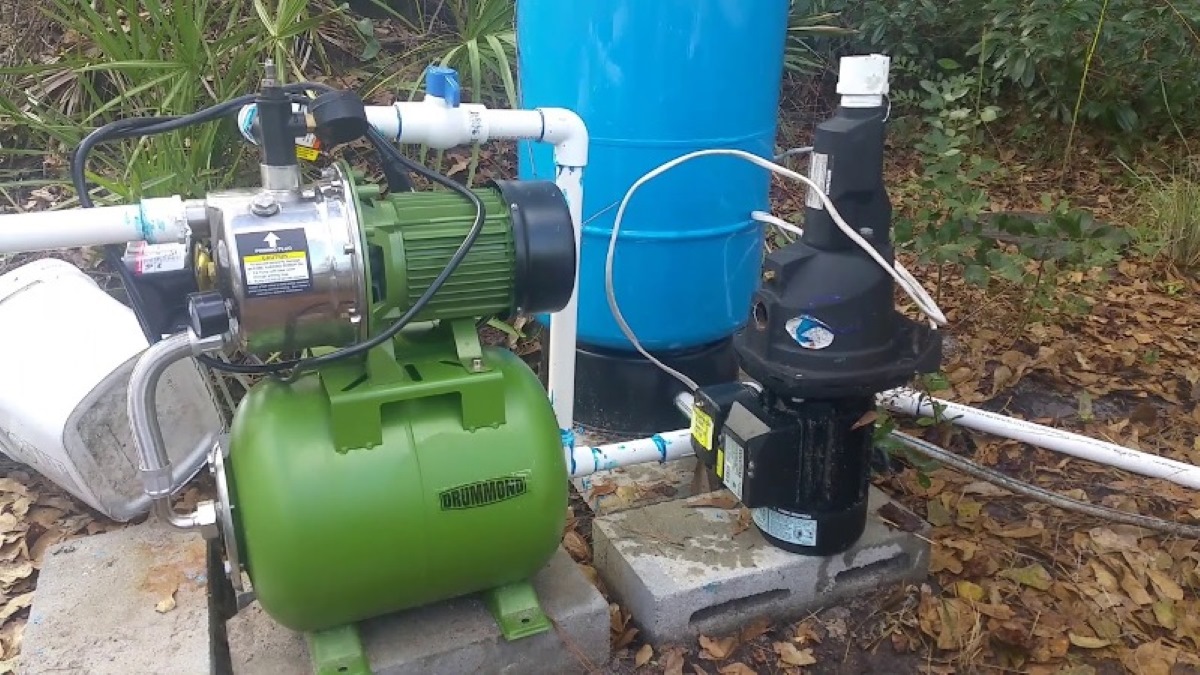

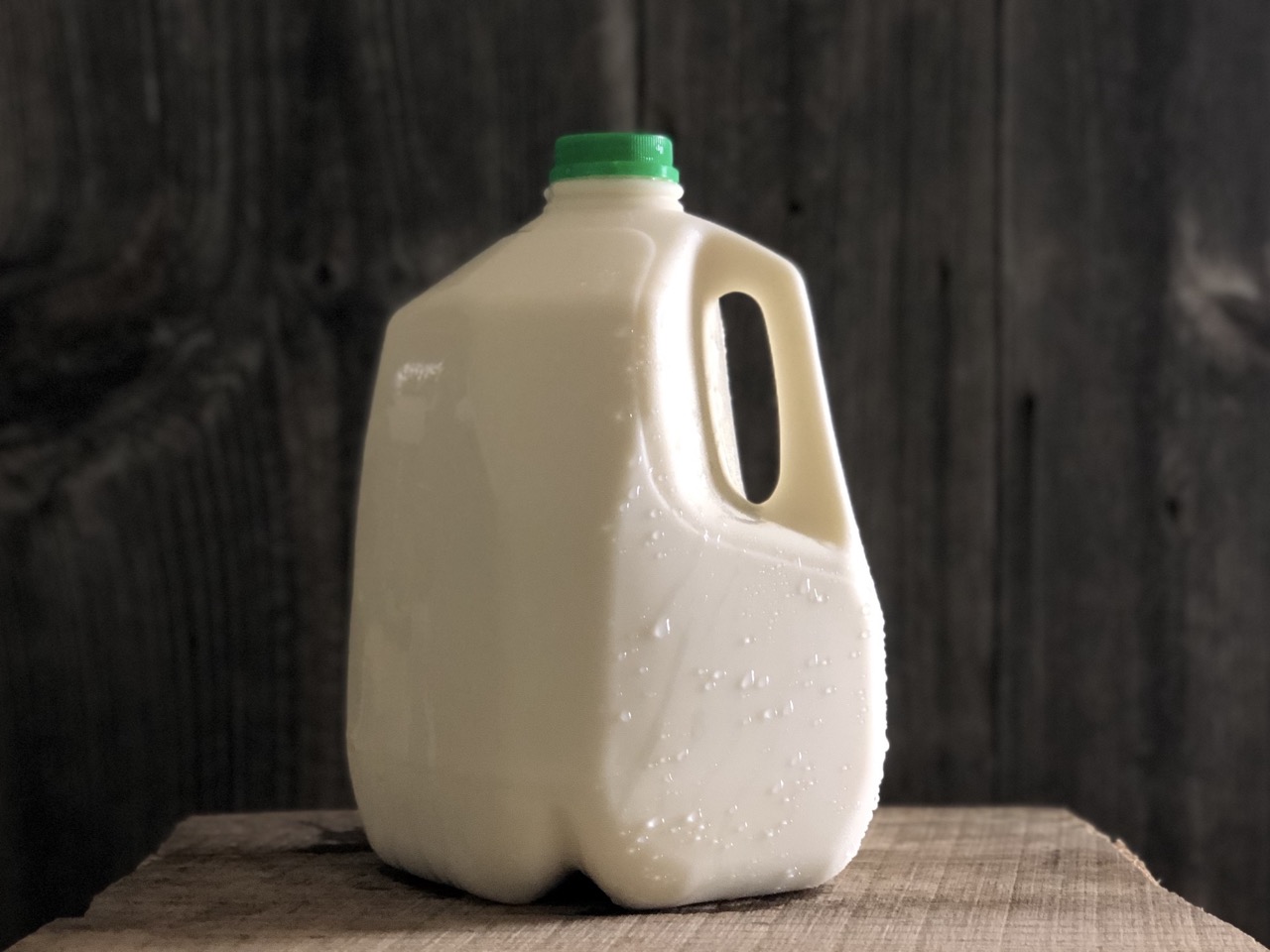
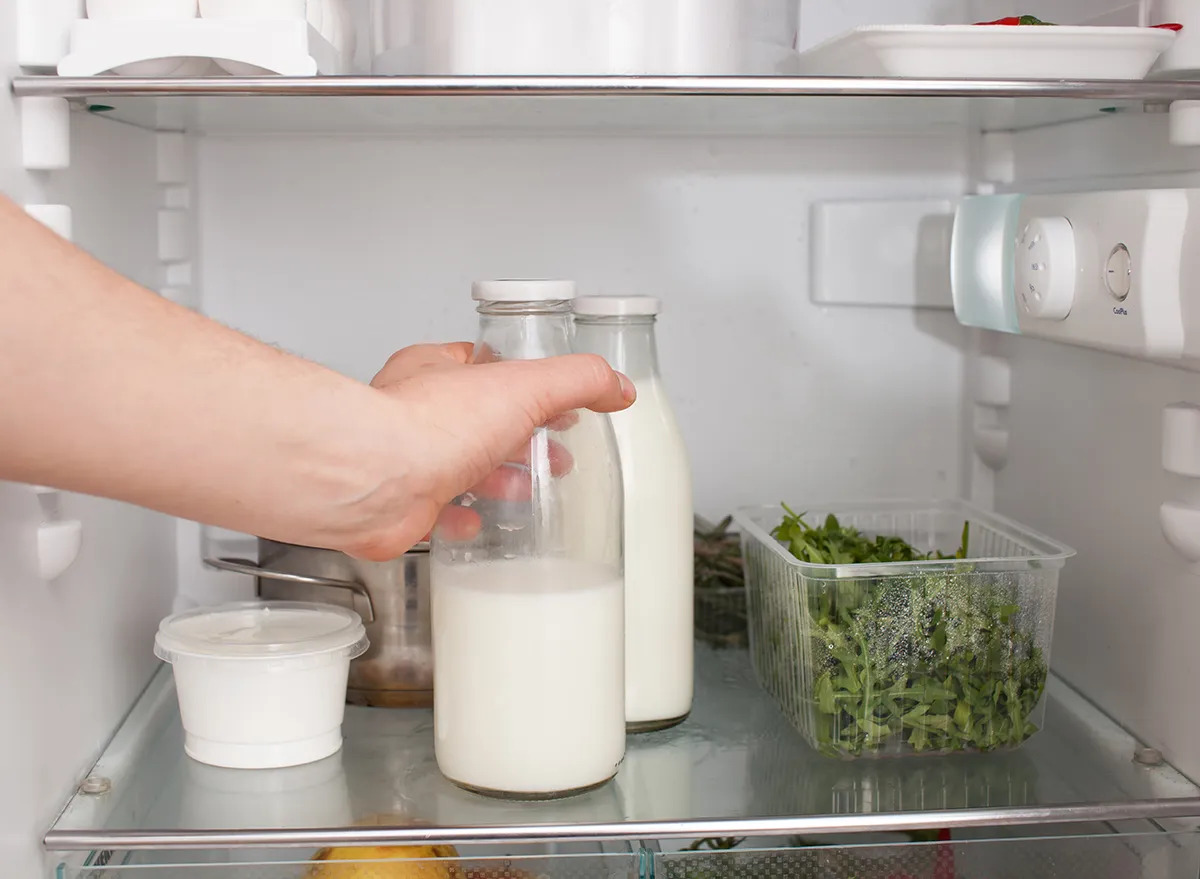
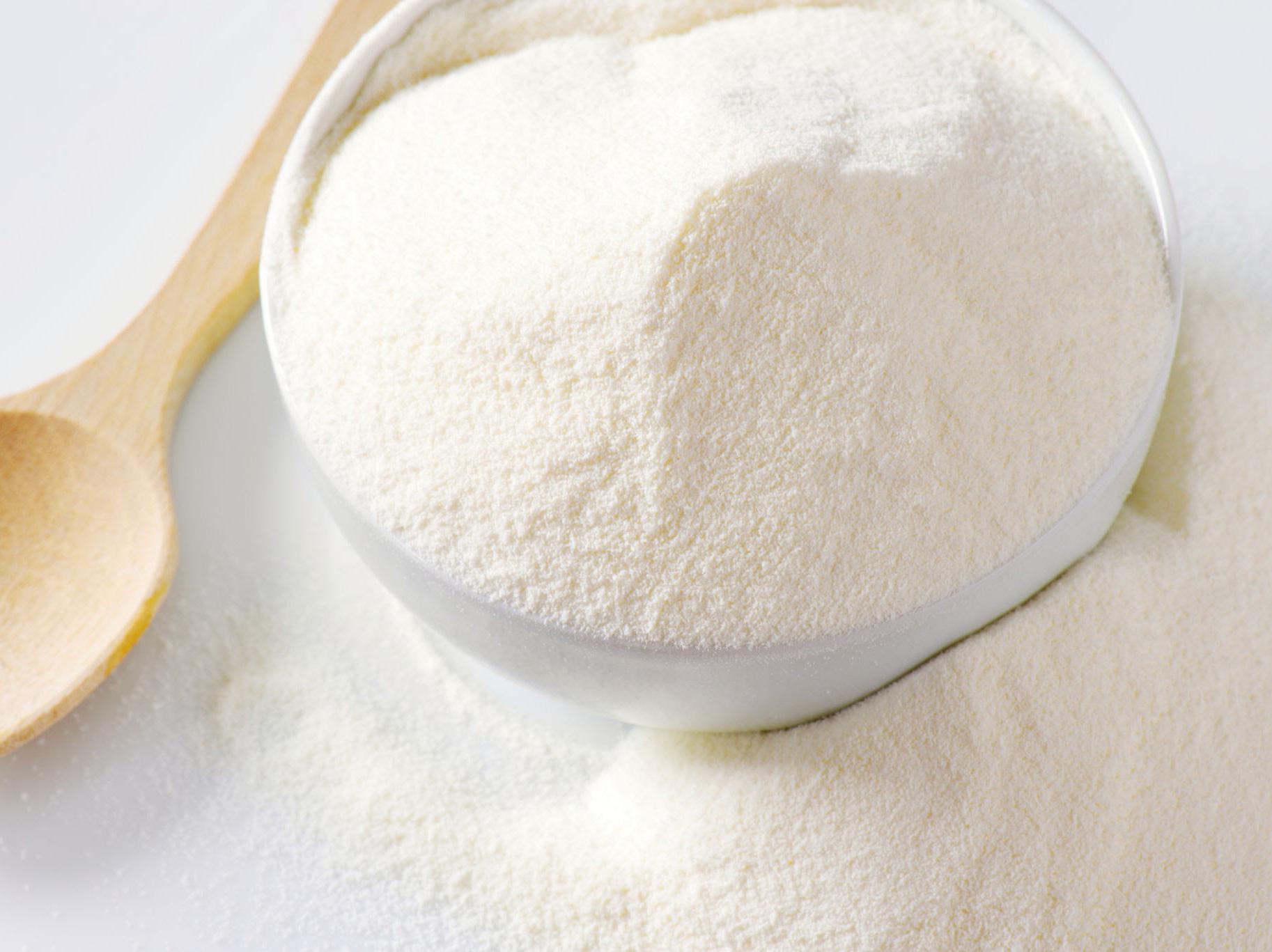
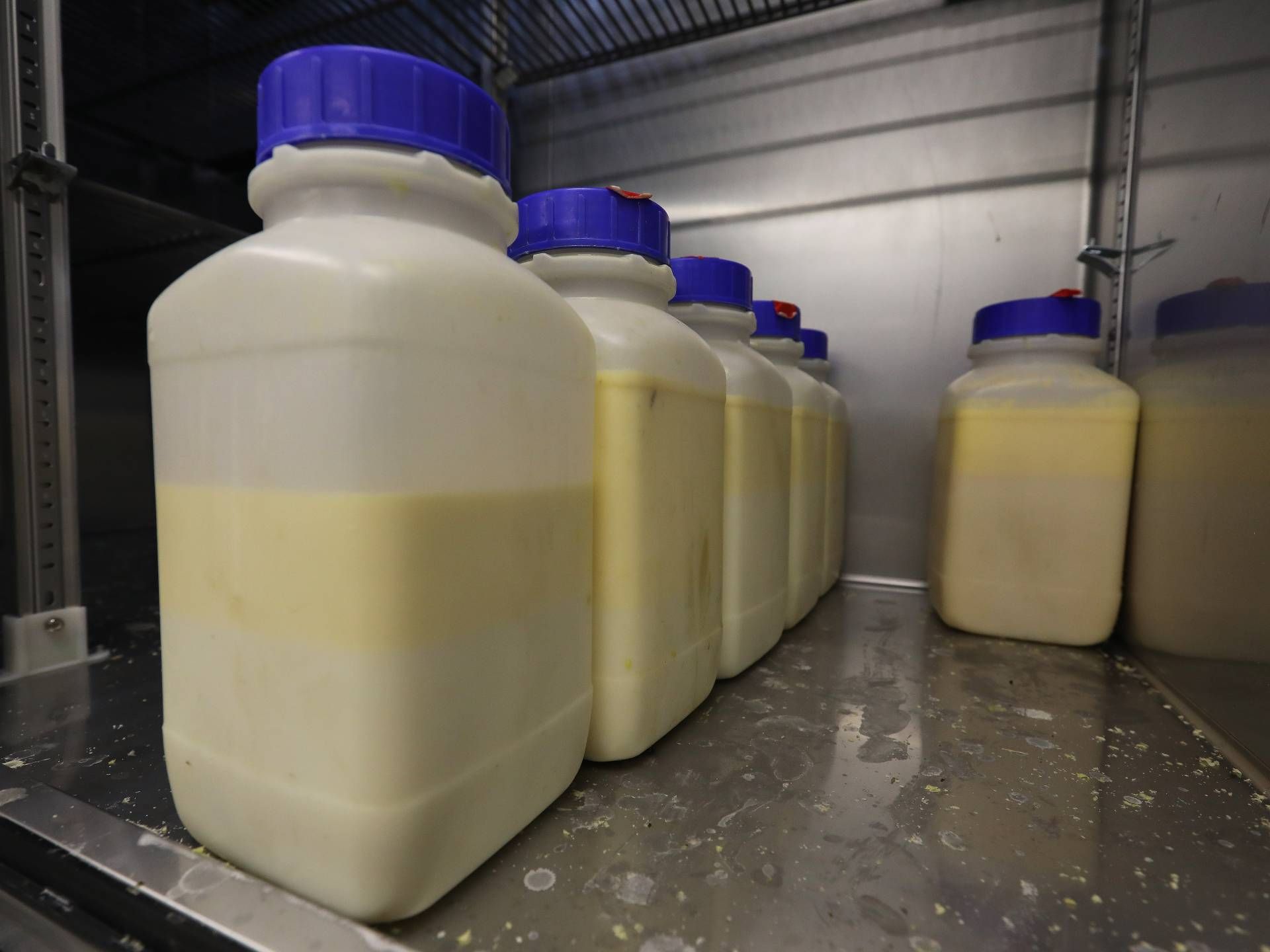
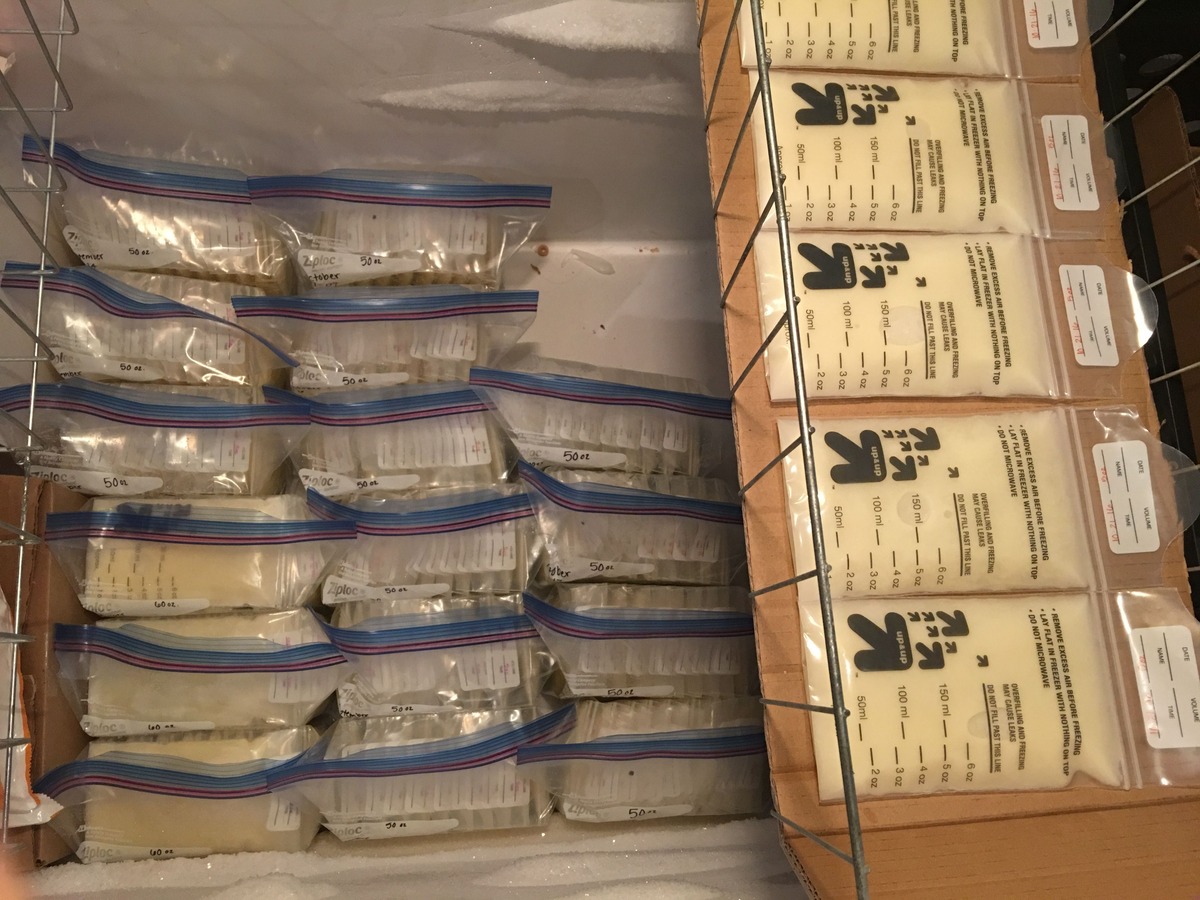

0 thoughts on “How To Store Pumped Milk At Work”